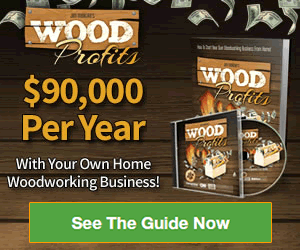Snake Facts for Kids |

Custom Search
|
|
Here you can learn about the snake's skin and snake venom, snake charming, snake anatomy and much more fun snake facts for kids. Read on and i hope you enjoy the variety of interesting facts and information about snakes.
•Snakes are carnivores, which means they are meat eaters. •Some snake species only need to feed a couple times a year! •Snakes can't bite and chew pieces food so they must swallow their prey whole. •Snakes don't have eyelids to cover their eyes. •Snakes used in snake charming performances respond to the movement of the snake charmer, not the sound of the flute. •Snakes have very flexible jaws, that fact allows them to eat prey bigger than their heads. •Snakes have a unique anatomy which allows them to swallow and digest large prey. •Snakes can be found on every continent of the world except for Antarctica.
•Snakes that live in colder climates "hibernate" through the winter months, in this case it's called brumation. •Snakes have internal ears but do not have external ones. •Snakes are covered in scales, these are made up of Keratin, the same thing our fingernails are made from. •Snakeskin feels smooth and dry. •Although snakes are very flexible, they do have bones, snakes are vertebrates like us. •Snakes have between 200 to 400 vertebrae and as many ribs attached, humans only have 33 vertebrae and 24 ribs. •There are approximately 3000 different species of snakes, and some new species are discovered every year. •Some snake can "fly" by flattening their ribs to trap air under their bodies and moving back and forth in an S-shape as they "fall", actually gliding through the air. •Around 70% of snake species lay eggs while the other 30% give birth to live young. •Some snakes like the King Cobra (Ophiophagus hannah) and some Pythons stay with their eggs, keeping them safe and warm until they hatch, it's called “brooding”. •A group of snakes is called a bed, den, pit or nest. •However a group of rattlesnakes like the Western diamondback rattlesnake is referred to as a "rhumba" or "rumba". •The Mojave rattlesnake (Crotalus scutulatus) venom is considered the most toxic among rattlesnakes because it contains the so called "Mojave toxin". •Venom for research and making antivenom is obtained from snakes by “milking” them. The bite cups are closed with plastic and the snake bite into them. •Scientists have also turned venom from venomous snakes into medicines. •Snakes are reptiles, in this animal class are also included the crocodiles, lizards, and turtles. •The African gaboon viper (Bitis gabonica) has the longest snake fangs measuring more than 2 inches (5 cm).
•Some snakes like the mozambique spitting cobra are capable of spitting venom to distances of 2 or 3 meters using specially modified fangs. •The black mamba is considered the world’s fastest snake as it can move at up to 20 km/h •Snakes must shed their skin a number of times a year in a process that usually lasts for a few days, this is how they grow in size. •Some of the snake species, such as cobras or the black mamba, use their venom to hunt and kill their prey. Find some more venomous snakes facts. •A venomous snake can still bite and envenomate after they’re dead. •Snakes "smell" the air with their tongue, this is why snakes flick their tongues in and out of their mouth. •Some snakes fake death when they feel threatened, they flip into their backs and open their mouths with their tongue sticking out. •One Japanese city, the Iwakuni City in the Yamaguchi Prefecture there is an entire wild population of albino rat snakes, it's the only place in the world where this happens. •Comparing the fossils of the titanoboa with other living snakes scientists estimated they measured 49 feet long, making it the biggest snake that ever lived. •Some vipers have heat-sensing pits located between the eye and nostrils, they are called pit vipers. •The golden lancehead (Bothrops insularis) is a pit viper found only in a tiny island of Brazil's coast. Now you know some amazing and interesting and fun facts about snakes.
|
Did You Know?
Found in South America the green anaconda is, considered the largest snake in the world. |
© 2014 Snake Facts About Us | Privacy Policy | Contact







